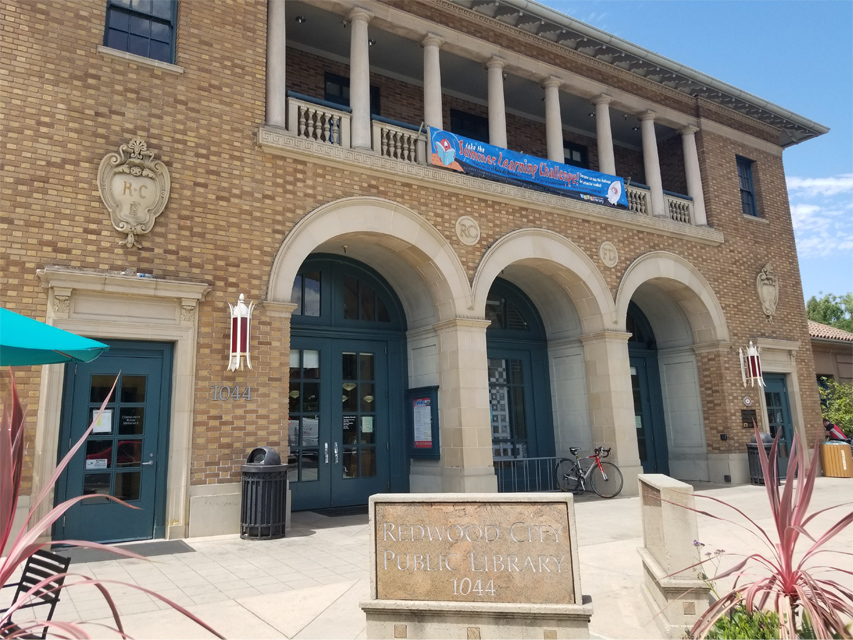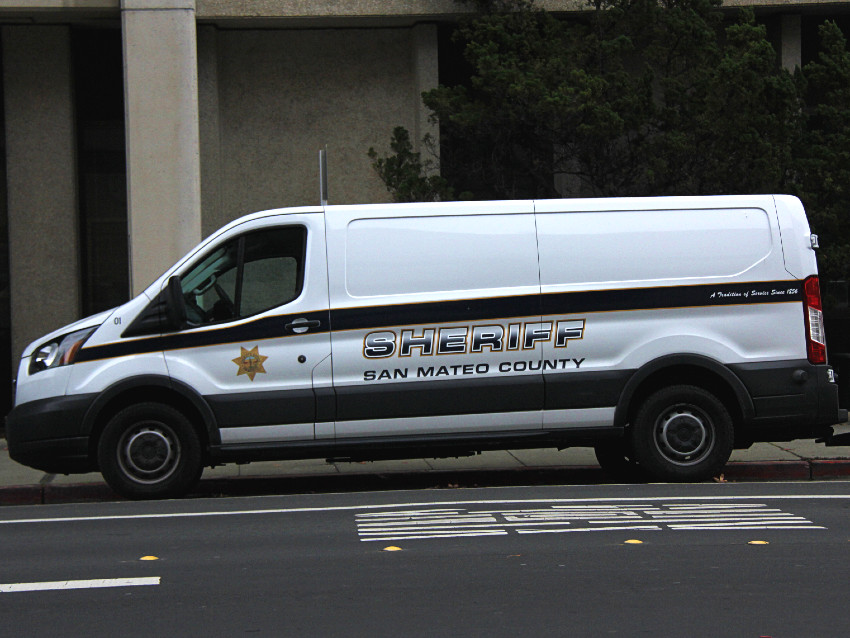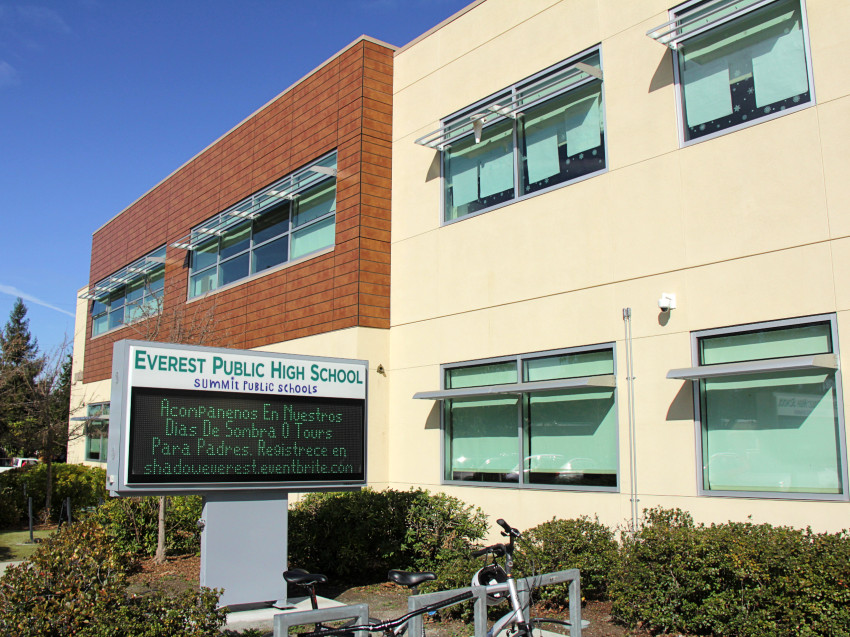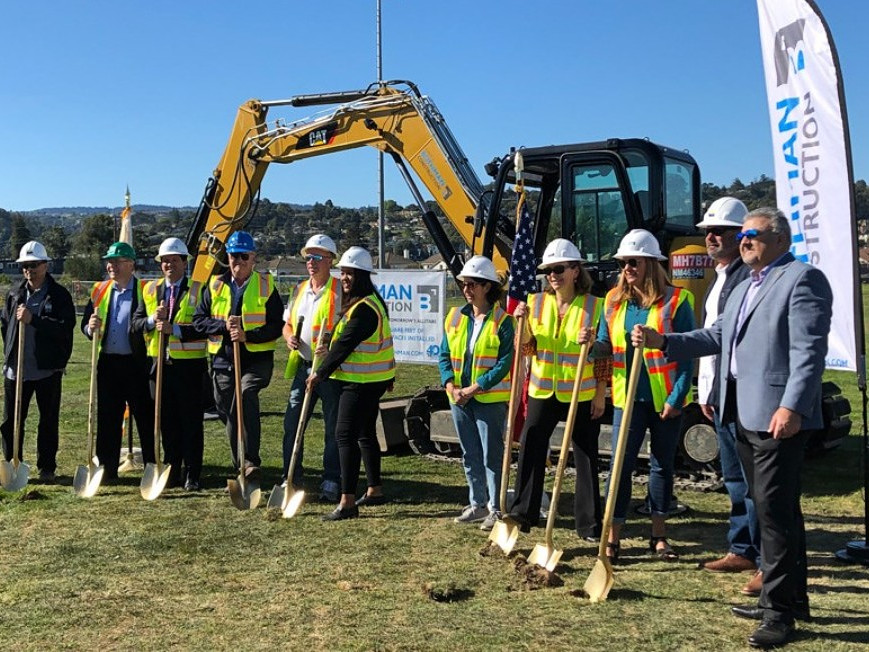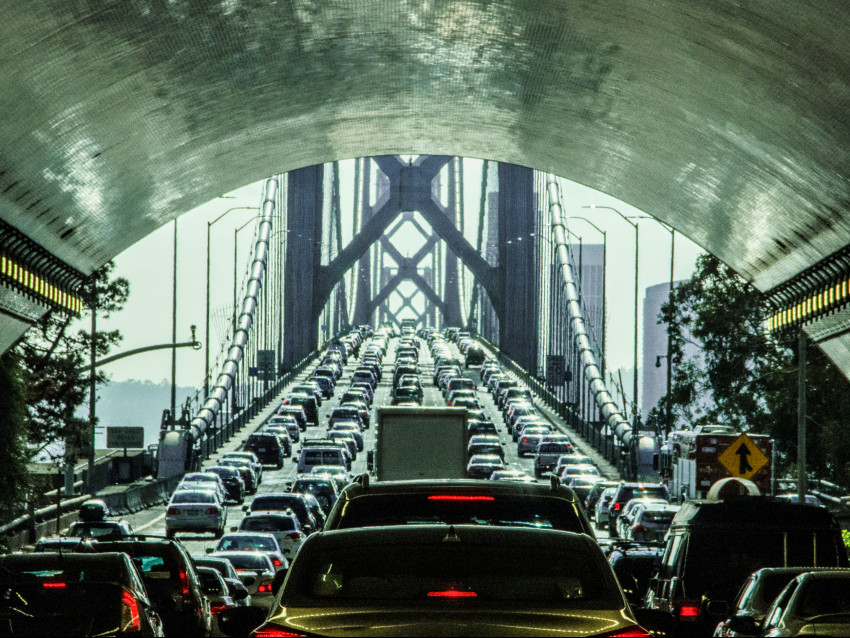6 Bay Area counties jointly issue shelter-at-home order, ‘essential businesses can stay open’
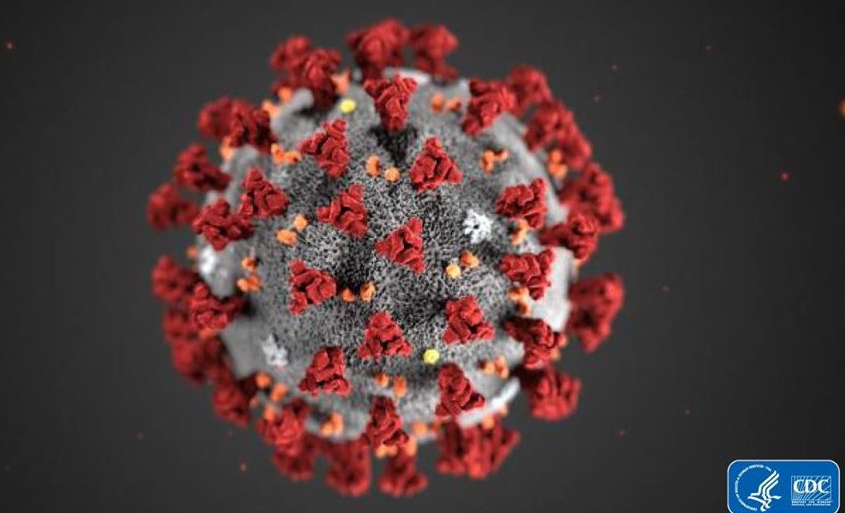
Health officers from six Bay Area counties and the City of Berkeley have jointly announced a shelter-at-home order starting Tuesday, March 17, through April 7, according to San Mateo County Health Officer Dr. Scott Morrow. During this period, only essential businesses will be allowed to operate.
Alameda, Contra Costa, Marin, San Francisco, San Mateo, and Santa Clara counties are included in the order, which can be read in full here.
The order permits residents to shop for groceries, attend doctor visitors, participate in outdoor activity with social distancing, and to fetch gas, go to banks, or care for family members. Individuals experiencing homelessness are excluded from the order but encouraged to seek shelter.
Essential businesses allowed to operate include:
- Health care operations
- Businesses that provide food, shelter, and social services and other necessities of life for economically disadvantaged or otherwise needy individuals
- Fresh and nonperishable food retailers (including convenience stores)
- Pharmacies
- Child care facilities
- Gas stations
- Banks
- Laundry businesses and services necessary for maintaining the safety, sanitation and essential operation of a residence.
In addition, health care, law and safety, and essential government functions will continue under the recommended action.
“While the goal is to limit groups congregating together in a way that could further spread the virus, it is not complete social shutdown,” said Dr. Matt Willis, Marin County’s Public Health Officer. “You can still complete your most essential outings or even engage in outdoor activity, so long as you avoid close contact.”
The order aims to prevent the spread of the novel coronavirus, or COVID-19, and preserve critical health care capacity across the region.
As of Sunday, there were 258 confirmed cases of COVID-19 in seven Bay Area counties, more than half of California’s case count. Four people have died.
“Temporarily changing our routine is absolutely necessary to slow the spread of this pandemic,” said Dr. Sara Cody, Santa Clara County Public Health Officer. “The Health Officers from the largest jurisdictions in the San Francisco Bay Area are united and we are taking this step together to offer the best protection to our respective communities.”

